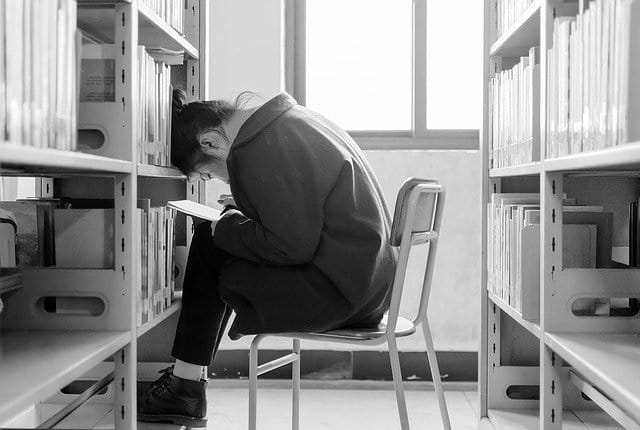
Non-Active Life, Real Mental Risks
Teenagers today spend more time than ever sitting indoors—glued to screens, lying in bed, or hunched over homework at desks. While technology offers many advantages, the cost of inactivity is becoming increasingly clear. Studies now suggest that a sedentary lifestyle during adolescence may significantly increase the risk of depression in later years.
What the Science Says
A landmark 2020 study published in The Lancet Psychiatry tracked adolescent activity levels and found that those who were less physically active had a higher chance of developing depression. Although the study didn’t confirm a direct cause-effect relationship, the association is troubling.
⚠️ Physical inactivity is not just a physical health risk.
It may also weaken mental resilience, especially in teens during their most formative years.
Why Activity Matters for Teen Mental Health
Physical activity doesn’t just strengthen muscles or burn calories. It:
- Boosts endorphins, the brain’s natural mood-lifters
- Builds self-esteem, especially through teamwork and achievement
- Reduces stress hormones like cortisol
- Encourages social connection, which is vital to emotional health
- Establishes healthy routines that protect against long-term depression
Even simple interactions—like a shared laugh during a soccer game—can have profound emotional benefits.
🏃♂️ Getting Teens Moving (Without Breaking the Bank)
You don’t need fancy equipment or expensive gym memberships. Try:
- Walk-and-talks with friends or family
- Free outdoor sports like soccer, frisbee, or basketball at a nearby field
- Fun hobbies that involve movement, like:
- Photography walks
- Birdwatching or insect collecting
- Gardening or hiking
- Chores like washing the car, sweeping, or organizing the garage
- Walking or biking to school, where possible
If teens aren’t into sports, find what they love and build from there.
👨👩👧 Parent Tip: Make Activity a Family Culture
Lead by example. Teens are more likely to move if you’re moving too. Weekend hikes, dance breaks in the kitchen, or even just choosing to walk instead of drive for errands sends a powerful message that movement is a lifestyle.
💬 Final Thoughts: Changing the Trend, One Step at a Time
The modern sedentary lifestyle—fueled by digital entertainment and academic pressures—isn’t just a threat to physical health. It’s quietly shaping teen mental health as well.
But with some creativity, encouragement, and intentional planning, we can help our teens reconnect with their bodies, their peers, and their joy.
Movement matters. Let’s make it part of their story.

